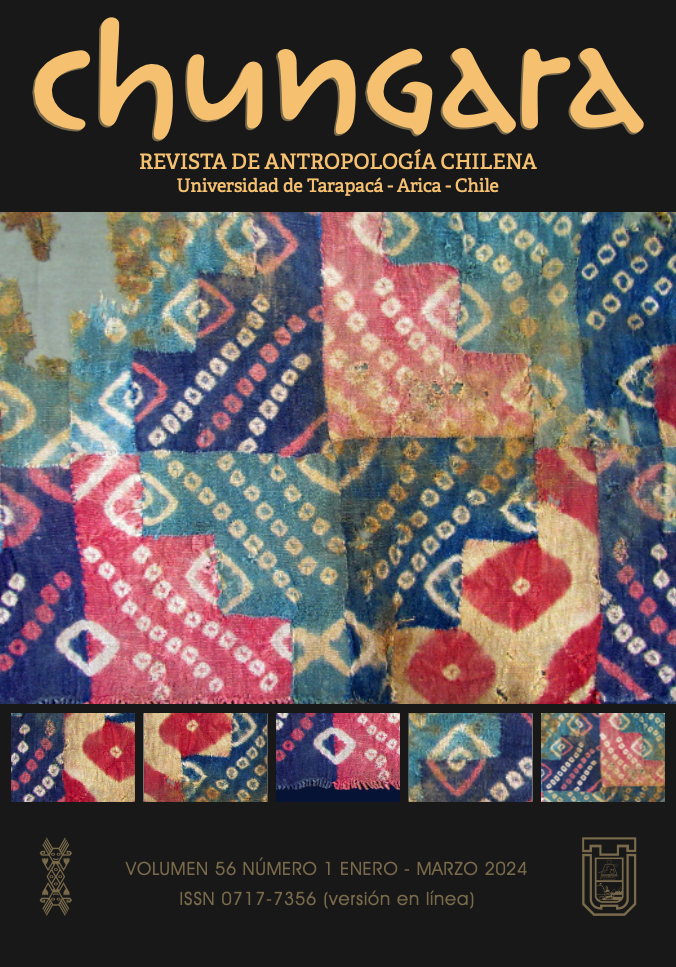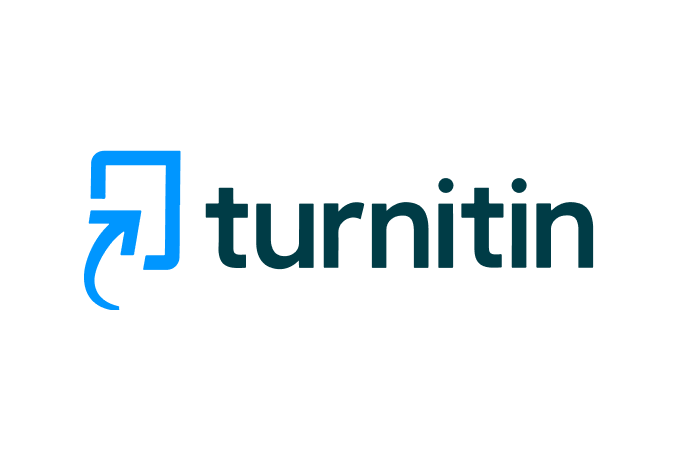“PERFORATED OBJECTS”, SYMBOLIC ASSOCIATIONS AND CIRCULATION NETWORKS: REFLECTIONS ON THE FORMS OF EXCHANGE IN THE FORMATIVE PERIOD (1500 BC-500 AD) OF THE ATACAMA DESERT, NORTHERN CHILE
“OBJETOS PERFORADOS”, ASOCIACIONES SIMBÓLICAS Y REDES DE CIRCULACIÓN: REFLEXIONES SOBRE LAS FORMAS DE INTERCAMBIO EN EL PERIODO FORMATIVO (1500 AC-500 DC) DEL DESIERTO DE ATACAMA, NORTE DE CHILE
Catalina Soto Rodríguez
Perforated objects are part of the elements that illustrate the exchange activities in the Atacama Desert, and in the South- Central Andes area more widely. This can be noted in the raw materials that support those objects and which come from diverse regions, far from the contexts where they have been found. Through a typological analysis focused on the morpho- functional aspects and on the identifcation of raw materials of sets of perforated objects from different sites of the Formative period (1500 BC-500 AC) in the areas of Quillagua (Calate CH-2 y CH-3), Loa Medio (Talabre 26, Chorrillos, Topater) and Salar de Atacama (Tulan 54), it has been verified that most of them were manufactured in shells from the Pacific coast and the Argentine Northwest (ANW), followed by copper ore pieces obtained from local sources. These places of origin, some of them very far from the sites, allow us to hypothesize and reflect on the ways the perforated objects were exchanged, considering their symbolic and social status in their deposit contexts. It is believed that this constitutes an advancement in the evaluation of the way these objects contribute to the construction and negotiation of embodied identities that also extend into the landscape and the territory.
Tags: desierto de Atacama, período formativo, intercambio, objetos perforados, cuentas de collar







